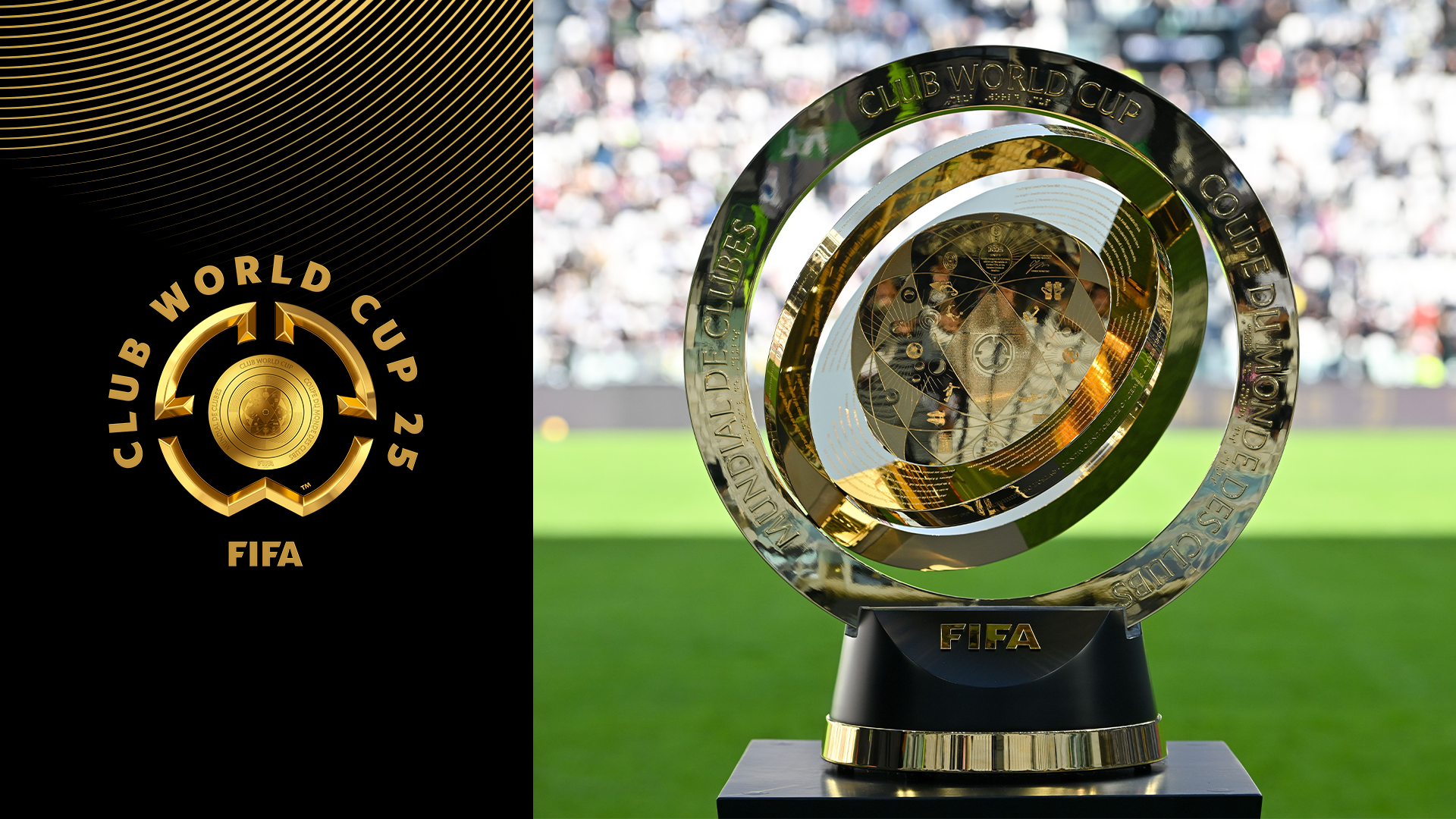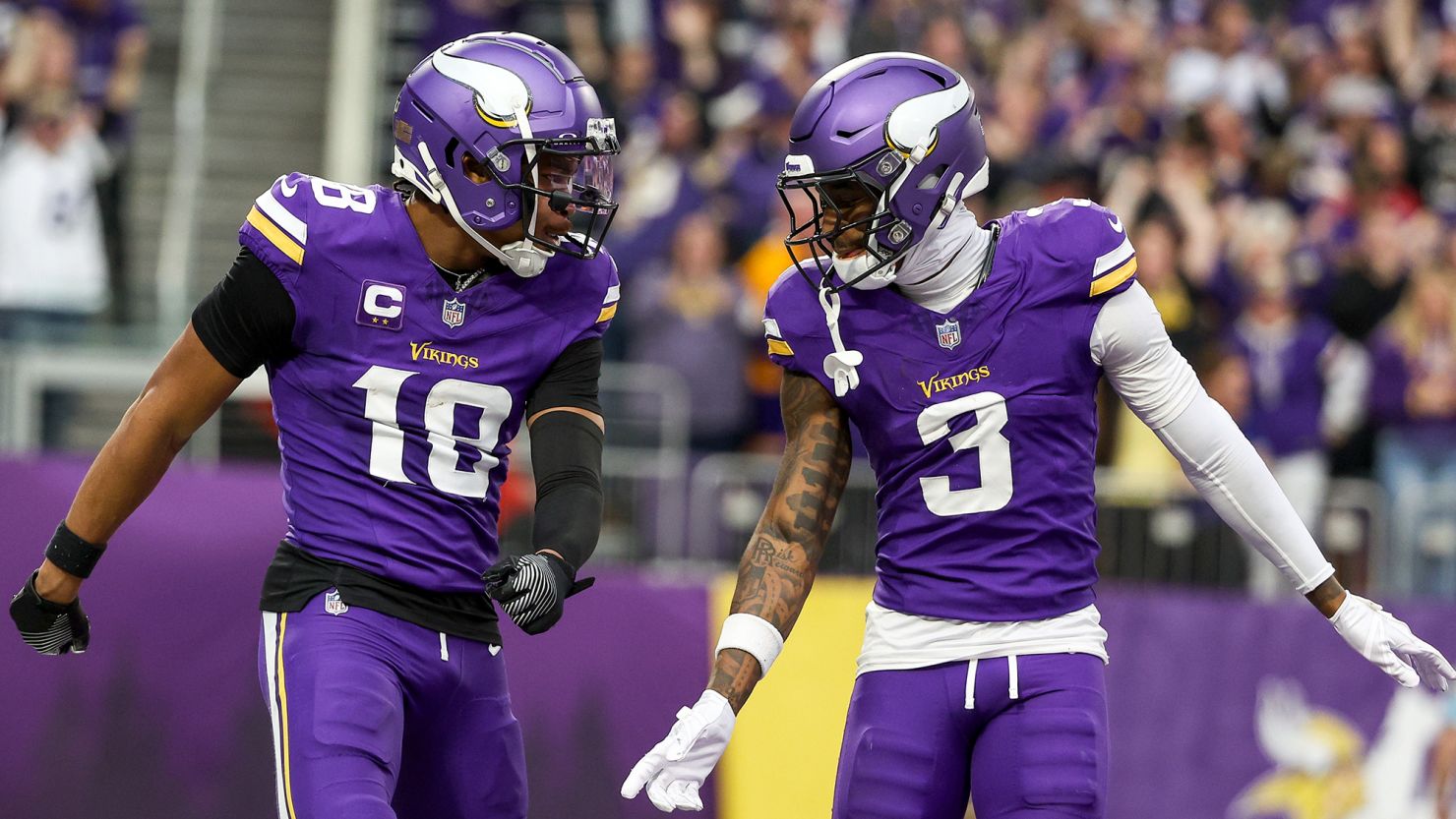Inspired by Jordan Wise’s original piece for Gameplayer
Fresh off the Miami heat, Formula 1 fanfare, and the lingering Messi-mania, you’d expect the city to be the perfect launchpad for FIFA’s bold new 32-team Club World Cup. Yet according to a sharp and scathing piece by Jordan Wise for Gameplayer, the tournament isn’t just underwhelming — it’s barely registering.
The warning signs are everywhere: sluggish ticket sales, lukewarm sponsor uptake, and a $1 billion DAZN broadcast deal that fell dramatically short of FIFA’s once-ambitious $4 billion valuation. Jordan put it bluntly: “No one seems to know what this tournament actually is.”
That should terrify FIFA. Because this wasn’t just another event — it was supposed to be the dress rehearsal for the 2026 World Cup. Instead, it’s a bloated, scattershot campaign that’s falling flat.
12 Cities. Zero Identity.
Wise rightly questions FIFA’s choice to spread the tournament across 12 cities — a decision that screams scale but lacks soul. In a world increasingly driven by deep cultural moments and community-led movements, FIFA opted for a traveling circus instead of a citywide festival.
What if they had done the opposite? Imagine locking the entire event into Atlanta or Dallas — two cities primed with infrastructure, sports pedigree, and a culture engine that can host and hype. Build the tournament in one place. Then scale it.
That’s how you create stickiness. That’s how you build tradition.
Instead, what we have is football’s version of a forgettable pop-up. A shiny object. Disposable and shallow.
The Real Cost: Fans
The most damning point Jordan makes is around access — or the lack of it. Some group stage tickets north of $200? That’s not elite branding. That’s price-gouging. Especially in stadiums that are sitting half-empty.
And he’s right to quote Uli Hoeness — one of the rare voices in football who truly understood that fans aren’t wallets. They’re the foundation.
“We do not think the fans are like cows to be milked. Football has got to be for everybody.” – Uli Hoeness
That ethos? It’s been entirely absent from FIFA’s recent playbook.
A Calendar on the Brink
Jordan also brings up the players. Fixture congestion. Mental burnout. Rising injuries. All proven, all ignored. The Club World Cup isn’t just an operational misfire — it’s a health risk masquerading as innovation.
This isn’t the future of football. It’s the breakdown of its core.
What Could Have Been
Here’s the kicker — the Club World Cup could’ve been something.
FIFA had the canvas. The budget. The timing. The media reach.
All they needed was imagination.
They could’ve:
- Partnered with local culture-makers, from artists to athletes
- Turned a host city into a living, breathing football museum
- Made a statement about what football means in the 21st century
Instead, what they gave us was a lesson. A case study in how not to build a global sports event.
And that might just be the most valuable part of all this.
Final Thought
Jordan Wise captured the moment perfectly:
“There’s too much football and not enough meaning.”
The Club World Cup could’ve reset the rhythm of club football. Instead, it’s noise without narrative. Movement without meaning.
FIFA, if you’re listening — there’s still time to fix this before 2026. But the fix won’t come from more cities, more matches, or more sponsorship decks.
It’ll come from less.
Less spread.
Less flash.
More depth.
More story.
More soul.
Sourced from: Jordan Wise – Gameplayer


